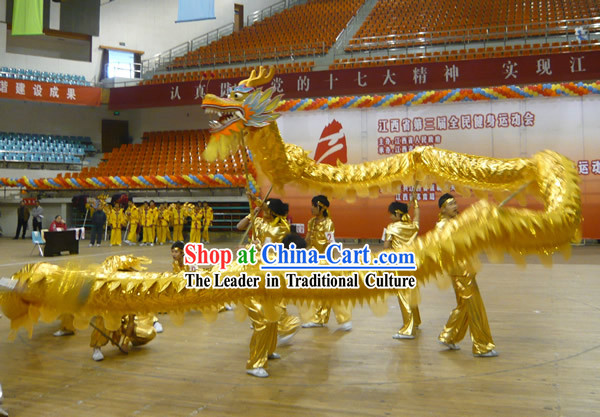
Follow Us
Subscribe to Events and Festivals BlogOn the northeast side of
On this auspicious day which was the 18th of March 628, a Golden Dragon appeared above the village in the sky to mark the finding of this statue.
Dragons are popular among Asian nations, and unlike their Western counterparts are usually serpentine in appearance, wingless, and comparatively benevolent. Of these the golden ones are a rare breed and are not seen easily as they are invisible.
The appearance of this Golden Dragon in the
Thereafter every year, a special Golden Dragon Dance is held to commemorate the visitation of the original dragon nearly 1300 years ago. This dance dragon weighs only 75 kilos and is around 15 meters in length, whereas its live counterpart was thought to be over 30 meters long.
The dragon dances thrice before it disappears from public view until the next year. This dragon is held up on poles and is manoeuvred by 8 men. Whilst the dragon dances, ladies attired as geishas use traditional instruments to play music.
Visitors to












